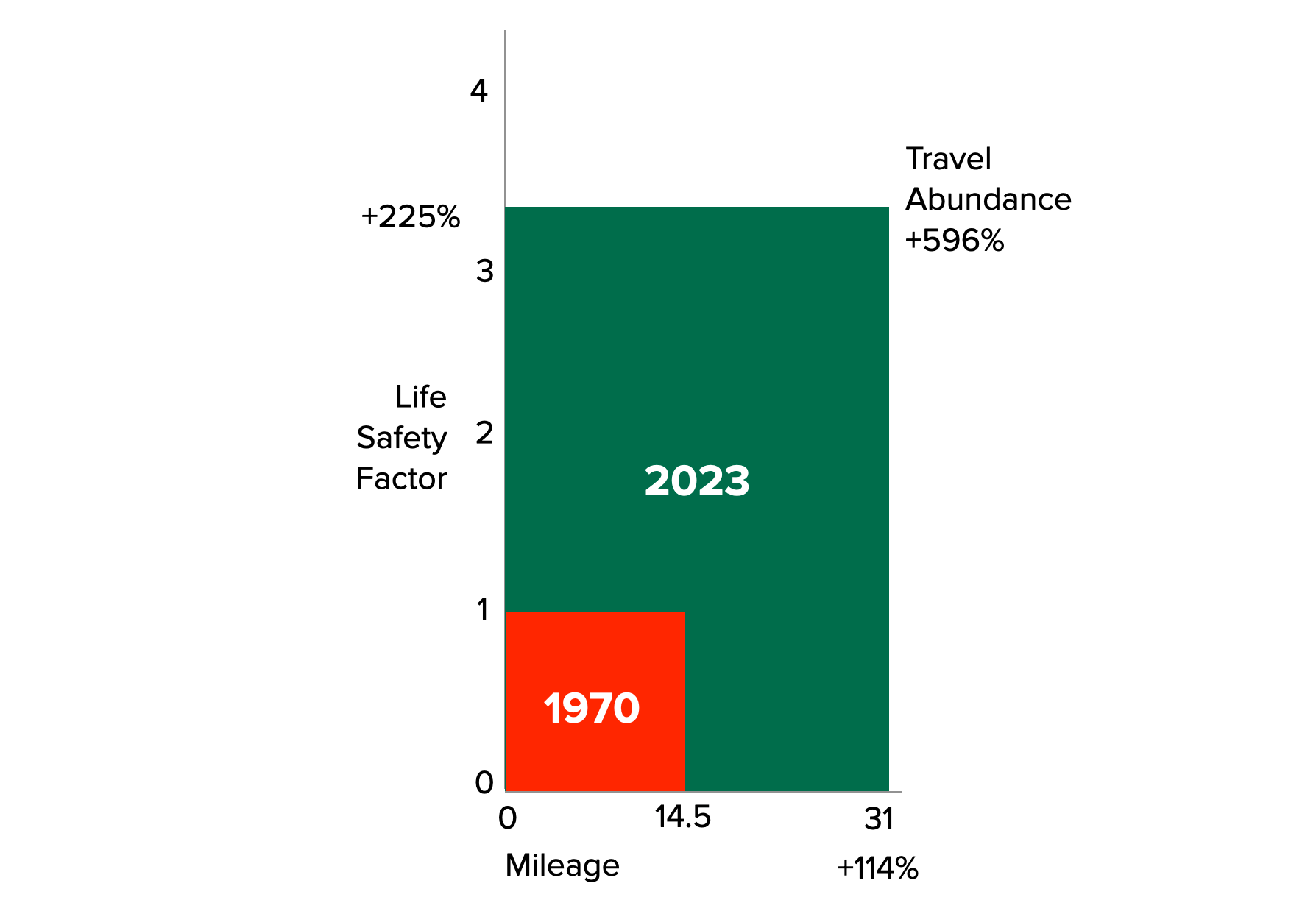“Scientists have experimented with enzymes, biological molecules that facilitate biochemical reactions, to remove A and B antigens to make O-type blood for decades. But enzyme-treated blood can still be incompatible. Writing in Nature Microbiology on April 29th, Martin Olsson, a transfusion-medicine consultant at Lund University in Sweden, and Maher Abou Hachem from Denmark’s Technical University argue that the problem could stem from lengthened antigen sugar chains, called extensions, that are not targeted by current enzymes. That led the team to hunt for enzymes capable of removing the antigens as well as their extensions. They settled on enzymes from Akkermansia muciniphila, a bacterium that feasts on the protective mucus lining the gut, because mucus contains sugars similar to those on red blood cells.
Their idea held up: using a mix of different A. muciniphila enzymes, the team removed both the antigens and their known extensions. To test if that made any difference to compatibility, they ran tests that combined the treated red blood cells with plasma, the watery component of blood, from other blood groups. If antibodies in the plasma bind to antigens in the treated blood, the test yields a positive result, indicating incompatibility. A negative result suggests donation is safe. When type B blood cells were treated with the enzyme mix, the negative rate was between 91% to 96%. When the extension-targeting enzymes were left out, the rate was around 80%, implying that the new extensions were at least partly responsible for the difficulty in making universal blood.”
From The Economist.




